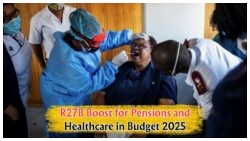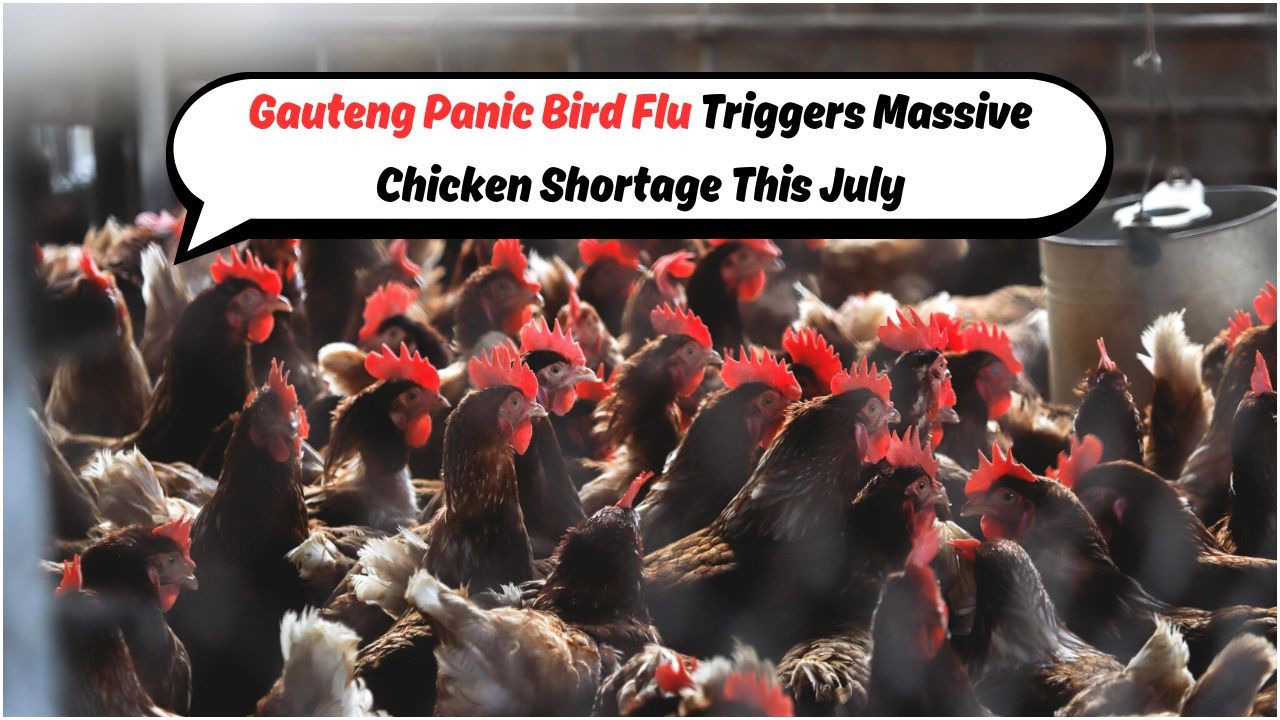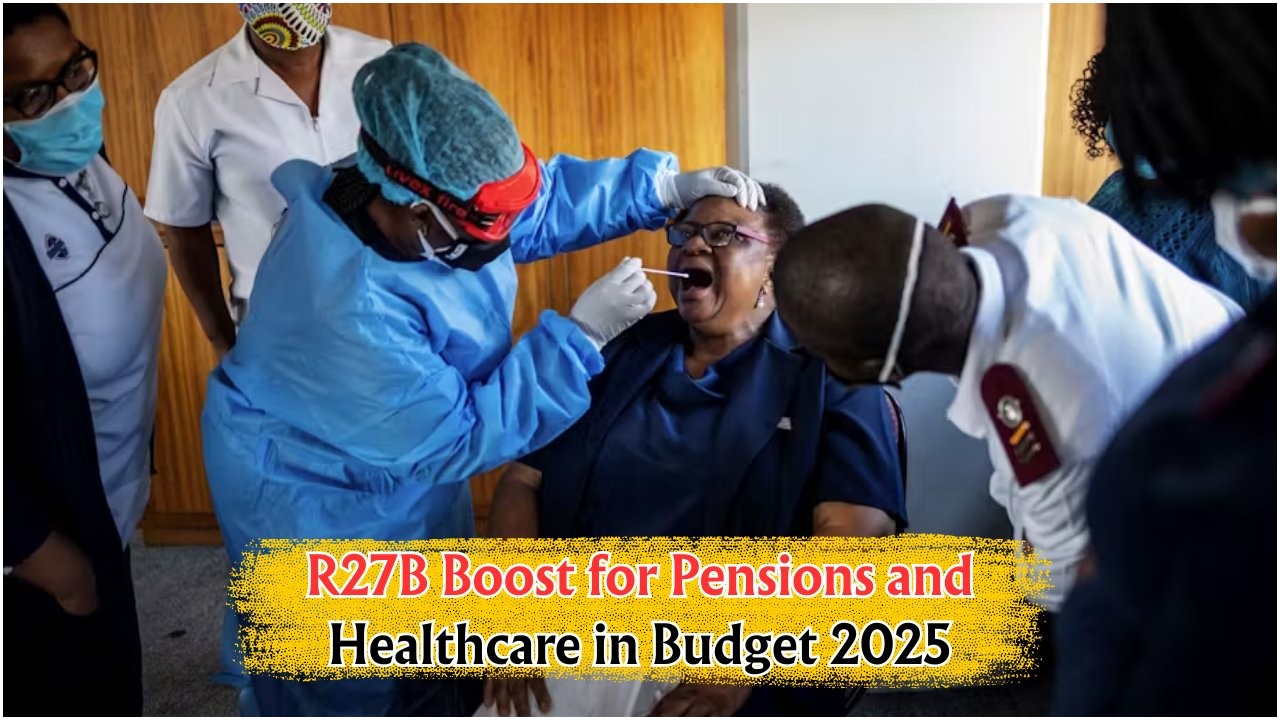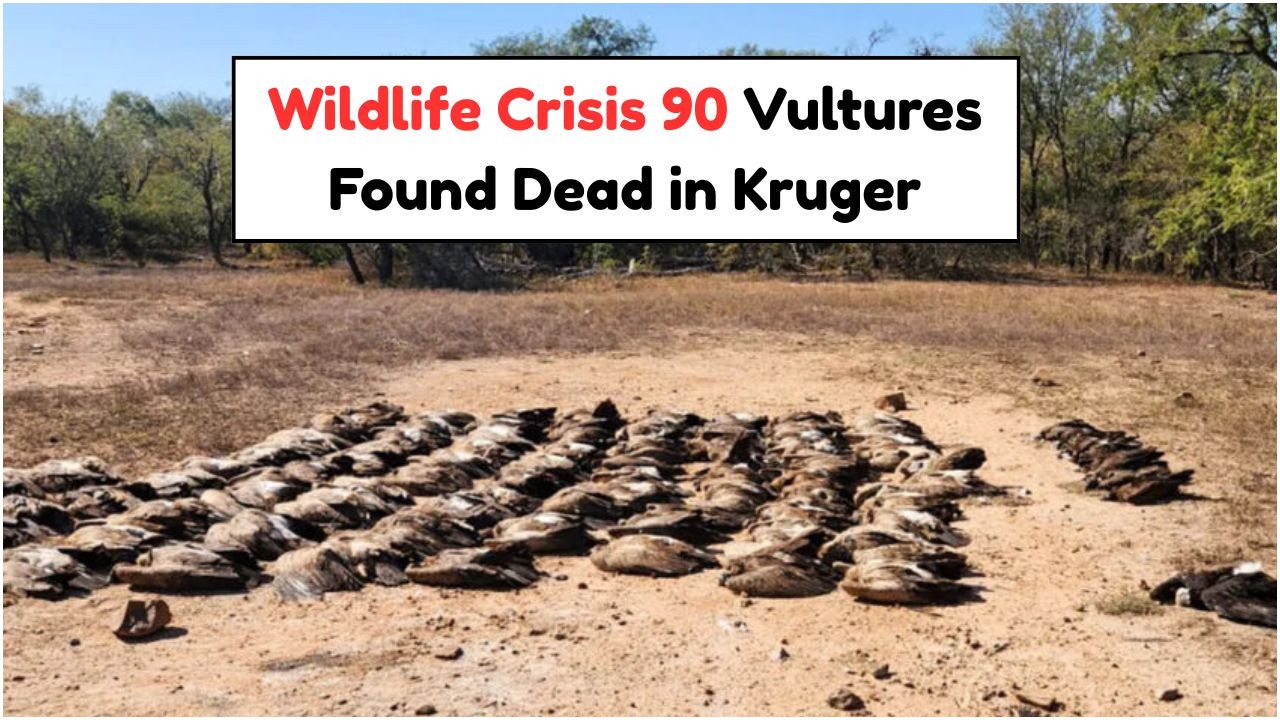Gauteng Poultry Crisis: In July, the Gauteng region faced an alarming surge in the H5N1 bird flu, leading to the closure of several poultry farms and causing chicken prices to skyrocket. The outbreak has not only disrupted the supply chain but has also impacted the livelihoods of many farmers and workers in the poultry industry. This crisis has brought attention to the vulnerabilities within the sector and the need for stringent biosecurity measures to prevent future outbreaks.
The Impact of H5N1 on Gauteng’s Poultry Industry
The sudden outbreak of H5N1 bird flu in Gauteng has led to significant disruptions in the poultry industry. With the virus spreading rapidly, many farms have been forced to cull large numbers of birds to contain the outbreak, leading to a sharp decrease in poultry supply. This has not only affected poultry farmers but also had a ripple effect on the entire supply chain, including feed suppliers, transporters, and retailers. The economic impact is profound, with the loss of jobs and income for those dependent on this vital industry.
- Drastic reduction in poultry supply
- Loss of jobs in the poultry sector
- Increased cost of poultry feed
- Pressure on local retailers
- Disruption of export opportunities
- Economic strain on affected families
- Need for financial support from the government
Skyrocketing Chicken Prices and Consumer Impact
The closure of poultry farms due to the H5N1 outbreak has led to a steep increase in chicken prices, directly affecting consumers. With the reduced supply, prices have surged, making chicken—a staple in many South African households—less affordable. This has forced consumers to seek alternative protein sources, further impacting the local economy. The price hike has also highlighted the need for more sustainable and diversified food sources to cushion such shocks in the future.
| Month | Price Increase (%) |
|---|---|
| June | 5% |
| July | 15% |
| August | 20% |
| September | 25% |
Preventive Measures and Future Strategies
In response to the crisis, the Gauteng government and industry stakeholders are implementing a series of preventive measures to control the spread of the H5N1 virus. These include enhancing biosecurity protocols on farms, increasing surveillance and monitoring of poultry populations, and educating farmers on early detection and response strategies. Additionally, there is a push for research into vaccines and treatments to combat avian influenza and prevent future outbreaks.
- Enhanced biosecurity protocols
- Increased surveillance of poultry farms
- Farmer education programs
- Research into vaccines and treatments
- Collaboration with international health organizations
- Development of contingency plans
- Investment in alternative protein sources
- Strengthening of local supply chains
Government’s Role in Addressing the Poultry Crisis
| Area | Action | Outcome | Timeline |
|---|---|---|---|
| Biosecurity | Implementation of strict protocols | Reduced virus spread | Immediate |
| Surveillance | Increased monitoring | Early detection | Ongoing |
| Education | Training for farmers | Improved readiness | Short-term |
| Research | Funding for vaccine development | Long-term solutions | Long-term |
Implications for South Africa’s Agricultural Sector
The Gauteng poultry crisis serves as a significant wake-up call for South Africa’s agricultural sector. It highlights the need for robust health and safety measures across all agricultural domains to prevent similar outbreaks. The crisis also emphasizes the importance of diversifying agricultural production to reduce dependency on single commodities. By investing in technology, research, and education, South Africa can enhance its agricultural resilience and ensure food security for its population.
- Increased focus on health and safety in agriculture
- Need for diversification in agricultural production
- Investment in agricultural technology
- Importance of research and development
- Strengthening of local food security measures
- Collaboration with international experts
- Building resilience against future outbreaks
- Promotion of sustainable farming practices
Long-Term Strategies for Poultry Industry Recovery
| Strategy | Objective | Impact | Implementation |
|---|---|---|---|
| Biosecurity enhancement | Prevent future outbreaks | Increased farm safety | Short-term |
| Research investment | Develop vaccines | Long-term health solutions | Long-term |
| Farmer education | Improve response strategies | Quick adaptation | Immediate |
| Supply chain diversification | Reduce dependency | Economic stability | Medium-term |
Community Support and Resilience Building
The Gauteng poultry crisis also underscores the need for community support and resilience building. Local communities, especially those heavily reliant on poultry farming, require assistance to recover from the economic losses and adapt to new circumstances. Community resilience programs can provide support in the form of financial aid, training, and resources to help affected individuals and families rebuild their lives.
 2025 Budget Allocates R27 Billion to Public Welfare: A Remedy for South Africa's Economic Woes?
2025 Budget Allocates R27 Billion to Public Welfare: A Remedy for South Africa's Economic Woes?
- Financial aid for affected farmers
- Training programs for skill development
- Resource allocation for community support
- Promotion of alternative livelihoods
- Building community-based networks
- Involvement of local NGOs
- Encouragement of local entrepreneurship
- Creation of community resilience plans
Table of Community Support Initiatives
| Initiative | Description | Target Group | Impact |
|---|---|---|---|
| Financial Aid | Monetary support for losses | Farmers | Economic recovery |
| Skill Development | Training programs | Unemployed workers | Employment opportunities |
| Resource Allocation | Provision of essential resources | Rural communities | Improved living standards |
| Entrepreneurship | Support for small businesses | Local entrepreneurs | Economic diversification |
FAQ Section
What caused the H5N1 outbreak in Gauteng?
The outbreak was caused by the rapid spread of the H5N1 avian influenza virus among poultry populations in Gauteng.
How has the poultry crisis affected chicken prices?
The crisis led to a significant increase in chicken prices due to reduced supply from affected farms.
What measures are being taken to prevent future outbreaks?
Measures include enhanced biosecurity protocols, increased surveillance, and research into vaccines.
How can local communities recover from this crisis?
Community support initiatives, including financial aid and skill development programs, are essential for recovery.
What are the long-term strategies for the poultry industry’s recovery?
Strategies involve biosecurity enhancements, research investment, and supply chain diversification.






